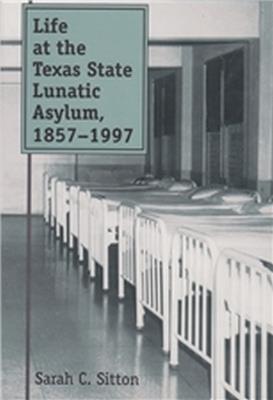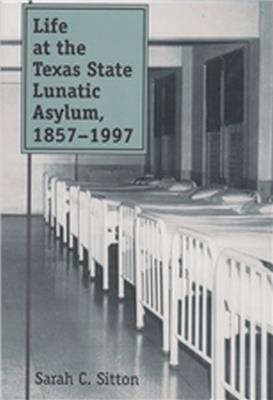L’articolo è stato aggiunto alla lista dei desideri
IBS.it, l'altro eCommerce
Life at the Texas State Lunatic Asylum, 1857-1997
Cliccando su “Conferma” dichiari che il contenuto da te inserito è conforme alle Condizioni Generali d’Uso del Sito ed alle Linee Guida sui Contenuti Vietati. Puoi rileggere e modificare e successivamente confermare il tuo contenuto. Tra poche ore lo troverai online (in caso contrario verifica la conformità del contenuto alle policy del Sito).
Grazie per la tua recensione!
Tra poche ore la vedrai online (in caso contrario verifica la conformità del testo alle nostre linee guida). Dopo la pubblicazione per te +4 punti



Tutti i formati ed edizioni
Promo attive (0)
The nineteenth-century ""cult of curability"" engendered the optimistic belief that mental illness could be cured under ideal conditions-removal from the stresses of everyday life to asylum, a pleasant, well-regulated environment where healthy meals, daily exercise, and social contact were the norm. This utopian view led to the reform and establishment of lunatic asylums throughout the United States. The Texas State Lunatic Asylum (later called the Austin State Hospital) followed national trends, and its history documents national mental health practices in microcosm.Drawing on diverse sources-patient records from the nineteenth century, papers and reports of the institution's various superintendents, transcripts of interviews of former employees, newspaper accounts, personal memoirs, and interviews-Sarah C. Sitton has recreated what life in ""our little town"" was like from the institution's opening in 1861 to its de-institutionalization in the 1980s and 1990s.For more than a century, the asylum community resembled a self-sufficient village complete with its own blacksmith shop, icehouse, movie theater, brass band, baseball team, and undertakers. Beautifully landscaped grounds and gravel lanes attracted locals for Sunday carriage drives. Patients tended livestock, tilled gardens, helped prepare meals, and cleaned wards. Their routines might include weekly dances and religious services, as well as cold tubs, paraldehyde, and electroshock. Employees, from the superintendent on down, lived on the grounds, and their children grew up ""with inmates for playmates."" While the superintendent exercised almost feudal power, deciding if staff could date or marry, a multigenerational ""clan"" of several interlinked families controlled its day-to-day operations for decades.With the current emphasis on community-based care for the mentally ill and the negative consequences of de-institutionalization increasingly apparent, the debate on how best to care for the state's-and the nation's-mentally ill continues.This examination offers historical and practical insights which will be of interest to practitioners and policy makers in the field of mental health as well as to individuals interested in the history of the state of Texas.
L'articolo è stato aggiunto al carrello
L’articolo è stato aggiunto alla lista dei desideri


